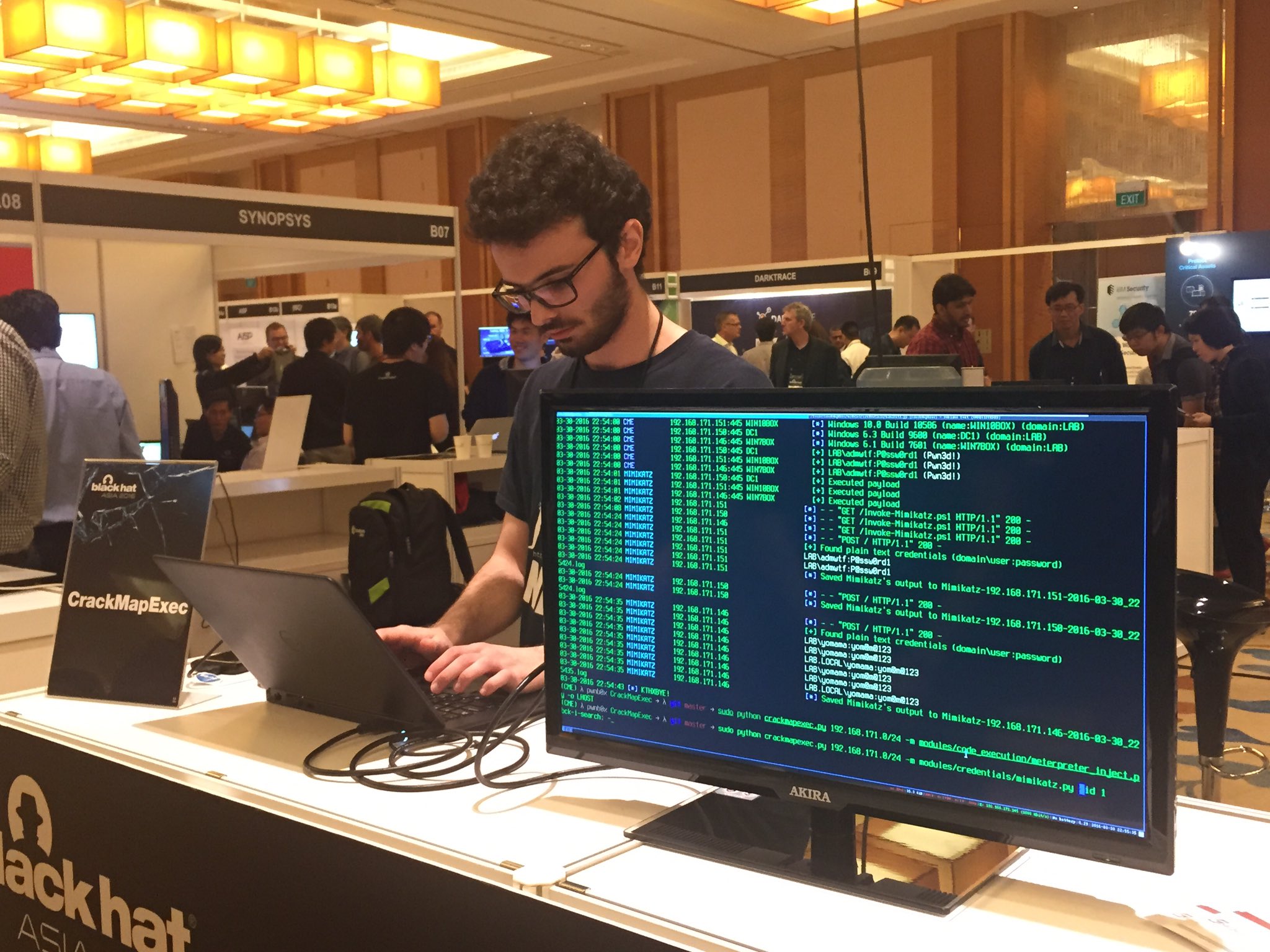StarHub and the COE partners will jointly invest S$200 million over the next five years to support a sustainable cyber security ecosystem.
According to the telco’s news release, StarHub today launched its new Cyber Security Center of Excellence (COE), and announced that StarHub and its partners will undertake initiatives to develop talent, innovation, and industry collaboration to bolster local cyber security.
Five industry partners, namely Blue Coat, Cyberbit, EY, Fortinet and Wedge Networks, and four institutes of higher learning (IHL), including Nanyang Polytechnic (NYP), Republic Polytechnic, Temasek Polytechnic and Singapore University of Technology and Design have thus far joined the COE.
StarHub shares that it plans to rope in more industry and IHL partners to the COE to drive value and results.
To help cyber security professionals enhance their knowledge and career development, StarHub plans to work with leading centres for professional development in cyber security to design and offer relevant training courses. StarHub is also committed to addressing the shortage of cyber security talent in Singapore by training at least 300 specialists on different cyber related capabilities and skill sets over the next five years. It is teaming up with the four IHLs and the Cyber Security Agency of Singapore (CSA) to enhance cyber security training curriculum and programmes, and to collaborate on research and development.
As a first step, StarHub and NYP have jointly established a lab on NYP campus to provide hands-on training for students of Cyber Security & Forensics. These students will subsequently have the opportunity to learn directly from experienced cyber security professionals during their internship placements at StarHub or its industry partners.
